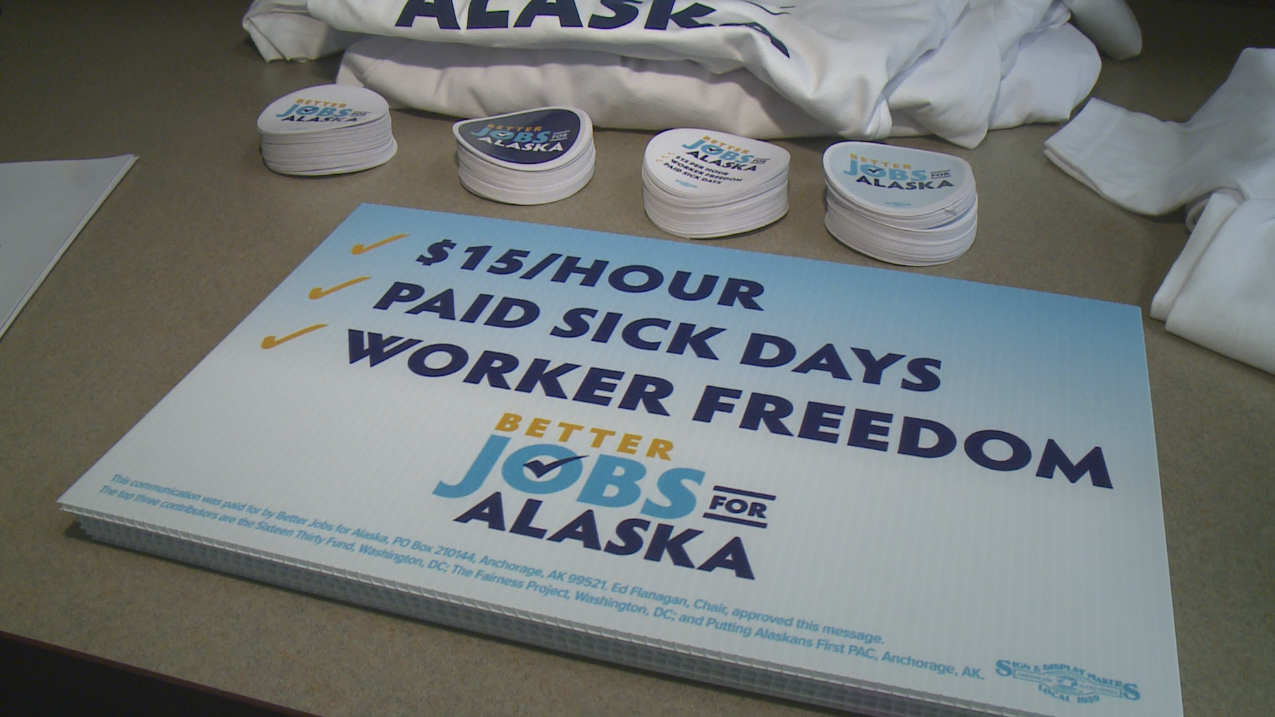Employee value their time away from work. A recent survey stated that the top non-insurance benefit employees want is Paid Time Off (PTO), at 39%. Employees often highly value PTO because it improves work-life balance, job satisfaction, and overall well-being. Employees usually combine their PTO requests with paid holidays to maximize their time off. This scenario often leads to multiple employees requesting the same days off.
Several factors should be reviewed to avoid conflicts between employees and the employer.
1. Clear Communication
Employers should communicate their PTO policies to employees. Ensure employees know any blackout dates or periods of high demand, for example, Black Friday for retail businesses or New Year’s Eve for restaurants.
2. Early Planning
Encourage employees to submit their PTO requests as early as possible, especially for popular vacation times. This process helps employers plan for staffing needs and potential project deadlines.
3. Fair Allocation
If multiple employees request the same time off, establish fair and transparent policies for resolving conflicts, such as a first-come, first-served basis, tenure, or rotating schedules.
4. Cross-Training
Ensure that teams are cross-trained so that the absence of one employee does not significantly impact workflow. This method can help maintain productivity during periods of multiple PTO requests.
5. Review your Paid Holidays
Many companies offer the ‘Standard Six’ holidays (New Year’s Day, Memorial Day, Independence Day, Labor Day, Thanksgiving, and Christmas). However, if offered, employees may also want to link several other Federal and State holidays with their PTO.
What days should companies plan for higher PTO requests?
As stated earlier, most employees like to combine their PTO with a paid holiday. While many holidays fall on a Monday in 2024, there are five instances where the holiday does not fall on a Monday or Friday. Those are:
- Juneteenth, Wednesday, June 19th
- Independence Day, Thursday, July 4th
- Thanksgiving, Thursday, November 28th
- Christmas, Wednesday, December 25th
- New Year’s Day, Wednesday, January 1st
When the holiday falls does not fall next to a weekend, employees often ask for the day or two before or the day or two after the holiday to extend their time off. Companies should plan for higher volumes of time off requests in 2024 for the following days:
- Monday, June 17th
- Tuesday, June 18th
- Thursday, June 20th
- Friday, June 21st
- Wednesday, July 3rd
- Friday, July 5th
- Wednesday, November 27th
- Friday, November 29th
- Monday, December 23rd
- Tuesday, December 24th
- Thursday, December 26th
- Friday, December 27th
- Monday, December 30th
- Tuesday, December 31st
- Thursday, January 2nd
- Friday, January 3rd
With Christmas and New Year’s Day being on a Wednesday in 2024/2025, it is possible to use eight days of PTO and get 16 consecutive days off.
Employers can implement clear policies and support employees’ time-off requests to create a positive and productive work environment. Managing PTO requests effectively and efficiently enhances employee retention and attracts top talent to your organization.
How can we help?
Time Equipment Company offers the most advanced accruals engine in the business. Our specialists configure accruals to match your parameters to calculate automatically through our time and attendance software. These balances can be migrated to your payroll provider to maintain accurate records and compliance. In addition, with one click of a button, our Leave Management System can approve an employee’s leave request, place the time off on their time card for payroll, and add the time off to the schedule. It also can send email confirmations to the employee and any other person who needs this information.
For more information about Leave Management, contact Time Equipment Company at 800-997-8463 or sales@timeequipment.com.










